Deep Time of Human Land Use on Lake Superior: Chemistry and Archaeology
Why This Project Is Important
This project supports lab work by an interdisciplinary team of undergraduate student researchers at Michigan Technological University (Michigan Tech). The students, Austin, Josh, and Michael are applying established and emerging techniques from archaeological chemistry and environmental archaeology to study the past 9,000 years of human land use in the Lake Superior Copper District. They are helping to study a sediment core from Lake Superior, working collaboratively with student and faculty researchers at University of Minnesota, Duluth's Large Lakes Observatory. The students are also counting charcoal to measure the forest fire history of a watershed to detect and measure the paleofecal residues of digested cholesterol, and provide a sequence of radiocarbon dates that measure time through the core's layers through thousands of years of human land use.
Project Description
Michigan Tech undergraduate student researchers aim to assist archaeologists map human populations and activities on the landscape of Lake Superior’s Copper District. They will tie together multiple research threads in archaeological chemistry and environmental archaeology. We need your help because the costs of this testing and the expertise needed are well beyond the students’ lab fees that are designed to pay for supplies and instruments in this class!
The student researchers are collaborating with other students and scholars from University of Minnesota, Duluth (UMD), and Kansas State University. They will be doing a couple of tasks in support of this research, using samples from cores of lake sediments archived at UMD’s Large Lakes Observatory:
- Submitting samples of organic material found in different layers of the sediment for Accelerator Mass Spectrometry dating (AMS dating). This will allow them to link the variations in chemical compounds to actual periods of time.
- Counting tiny fragments of charcoal using optical microscopy in order to reconstruct the history of forest fires within the watershed. This data will be useful in comparison with the varying quantity of metals detected by students at UMD, as they argue that the changing levels of lead and copper in the sediments is due to metallurgy and not natural events.
- Identifying and quantifying stanol compounds in the sediment layers to try and estimate changes in human population over time. This will be important to compare with the metallurgical and forest fire patterns to try to determine the history of human landscape use and resource management in deep time.
This will be the first time anyone has tried to unite these three different types of evidence. The student team’s data will be important in future requests for research funding as our new collaborative partners will then map human land use over time in the region, with a resolution and type of detail that has never been available before.
Here is a short video that explains the research involved with this project: https://youtu.be/hfW7s_7XJtg
How your donation can help:
$50 - provides a chemical standard for stanols testing experiments
$150 - supports one AMS date sample from the sediment core
$500 - supports the use fees for instrument time
$1,500 - supports a week of time for a ChARM lab research scientist to work with the students to experiment on stanol extraction and quantification.
Meet the Researchers

Timothy James Scarlett
Timothy James Scarlett grew up in rural Bucks County, Pennsylvania. After working on his first dig as a 17-year-old high school student, Tim dedicated his life to the archaeological study of American history. After taking degrees in anthropology and/or archaeology from the University of Arizona (BA, 1991), Boston University (MA, 1994), and the University of Nevada (Ph.D., 2002), he joined the faculty in the Industrial Heritage and Archaeology Program in the Department of Social Sciences at Michigan Technological University. He is currently an Associate Professor of Archaeology and Anthropology at Michigan Tech.
Dr. Scarlett is deeply committed to a dramatically interdisciplinary, public archaeology. He examines how individuals creatively solved problems and adapted to new physical and social environments. He uses diverse methods in his studies, employing techniques from chemistry and physics to theology and art history. Besides fieldwork, Dr. Scarlett relies upon experimental and experiential discovery in his scholarship. HIs work has been supported by the National Science Foundation, The National Park Service, the Utah Humanities Council, the Alfred P. Sloan Foundation, the Scenic Hudson Land Trust, Keweenaw National Historical Park Advisory Commission, Utah State Parks, and Earthwatch. He has conducted research at sites in the Great Basin and Intermountain West, Southwest, Interior Alaska, New England, and the Mid-Atlantic regions of North America, as well as in...

Lynn Mazzoleni
Dr. Lynn Mazzoleni is an Associate Professor of Chemistry and the Co-Director of the Chemical Advanced Resolution Methods (ChARM) Laboratory at Michigan Tech. Her primary research interests are focused on the identification of organic aerosol constituents from various atmospheric environments with a special interest in biomass combustion and aqueous phase chemistry. Dr. Mazzoleni's research group uses a combination of advanced mass spectrometry, liquid chromatography, and data science methods for a discovery-centered approach to identify organic molecules in atmospheric complex mixtures.
days left
funded
last
What Your Donation Can Help Us Do:
- $2,500 will sponsor a week of dedicated time with a research scientist in Michigan Tech's ChARM lab, including staff time to help with experiment development and data interpretation, all the instrument time, chemical standards, and other lab costs.
- $1,500 will fund the first set of radiocarbon dating of organic samples from the sediment core, which allow us to tie the scientific results to a real timeline.
- $275 will fund administrative fees
$50+ (14/1000)
Email updates about the project, including links to related research articles.
$100+ (10/1000)
Live videoconference update with a first look at the data as it comes in, pre-publication!
$500+ (3/1000)
Acknowledgement in publications from the project and signed copies of publications, and a Michigan Tech Industrial Archaeology hat!
Recent Donors
Some donors may be hidden.

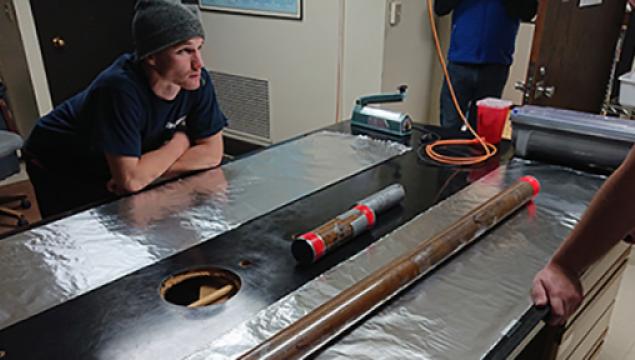
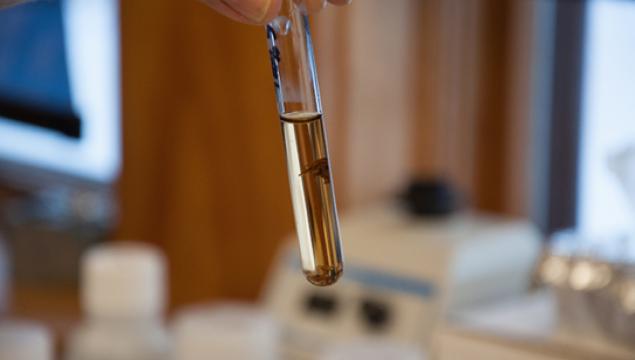
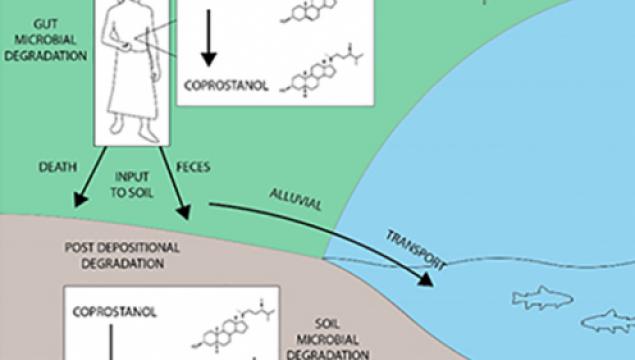
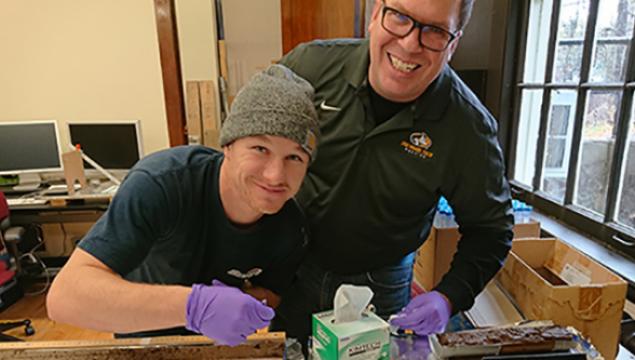
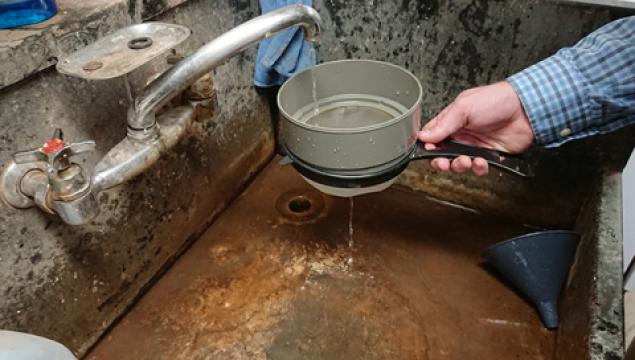
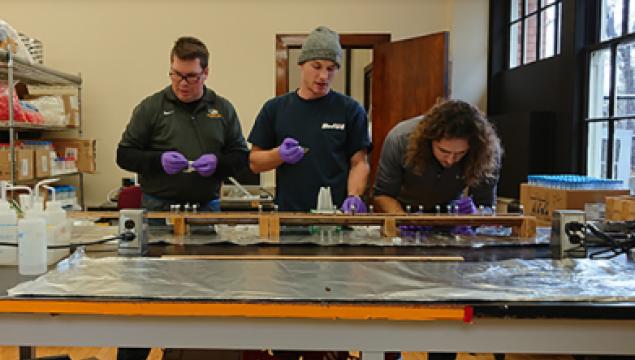
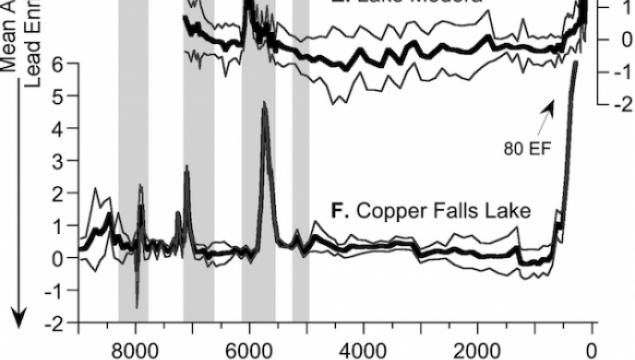
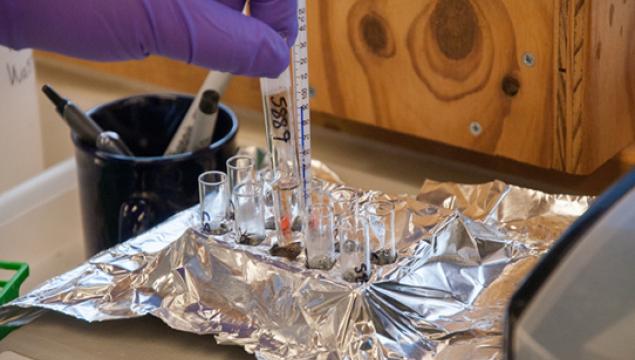



 Gifts to projects listed on SUPERIORIDEAS.ORG are received and processed by Michigan Tech Fund. Michigan Tech Fund is a tax-exempt organization under Section 501(c)(3) of the Internal Revenue Code acting on behalf of Michigan Technological University. It is the policy of Michigan Tech Fund that a portion of the gifts and/or income therefrom may be used to defray the costs of raising and administering the funds.
Gifts to projects listed on SUPERIORIDEAS.ORG are received and processed by Michigan Tech Fund. Michigan Tech Fund is a tax-exempt organization under Section 501(c)(3) of the Internal Revenue Code acting on behalf of Michigan Technological University. It is the policy of Michigan Tech Fund that a portion of the gifts and/or income therefrom may be used to defray the costs of raising and administering the funds.
Questions for the Researcher